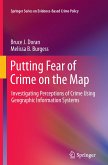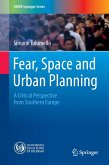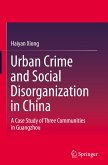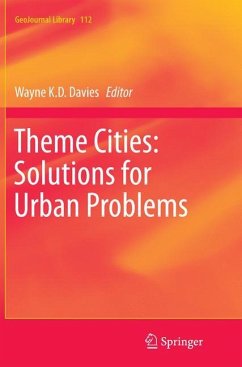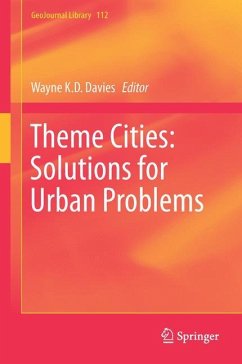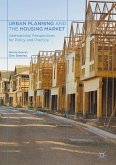How does the city's urban fabric relate to crime and fear, and how is that fabric affected by crime and fear? Does the urban environment affect one's decision to commit an offence? Is there a victimisation-related inequality within cities? How do crime and fear interrelate to inequality and segregation in cities of developing countries? What are the challenges to planning cities which are both safe and sustainable? This book searches for answers to these questions in the nature of the city, particularly in the social interactions that take place in urban space distinctively guided by different land uses and people's activities. In other words, the book deals with the urban fabric of crime and fear. The novelty of the book is to place safety and security issues on the urban scale by (1) showing links between urban structure, and crime and fear, (2) illustrating how different disciplines deal with urban vulnerability to (and fear of) crime (3) including concrete examples of issues and challenges found in European and North American cities, and, without being too extensive, also in cities of the Global South.
Bitte wählen Sie Ihr Anliegen aus.
Rechnungen
Retourenschein anfordern
Bestellstatus
Storno


